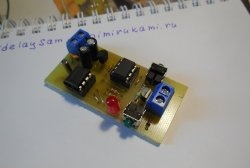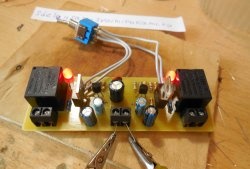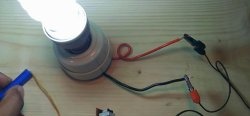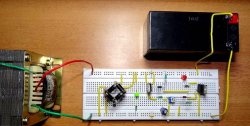Mosquito Repeller
Summer comes, and with it mosquitoes and all sorts of other midges appear. Everyone knows how annoying mosquitoes are, especially at night. The proposed device allows you to protect yourself from all insects, and if you increase the frequency of the generator to ultrasound, then also from dog barking. The device diagram is shown in Fig. 1, and the printed circuit board is shown in Fig. 2.
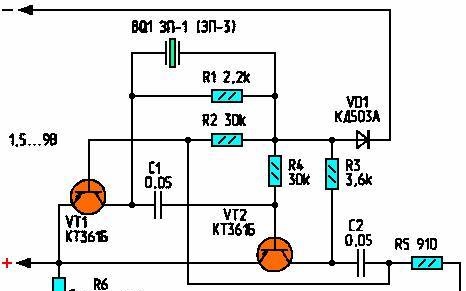
Let's consider the operation of the device. Diode VD1 is necessary to protect against incorrect power connection to the circuit. The device is powered by +1.5 V galvanic cells (the supply voltage can be increased to +9 V). As the voltage increases, the radiation power of the device increases. The sound-reproducing element of the device is a piezo emitter ZP-1 (ZP-3, ZP-22) or any other, for example from a wristwatch. Resistors R2...R4 and R5, R6 set the operating point of transistor VT1 and VT2. When voltage is applied to VT1, C1 is charged, a pulse from C1 briefly opens VT2, VT2 charges C2, which briefly opens VT1, and the operating cycle is repeated again. The frequency of the generator depends on the values of capacitors C1 and C2 and resistance R6. You can connect several more emitters in series with BQ1, then the output power will increase.
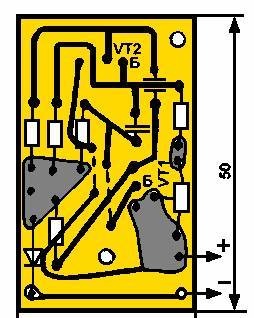
In the device, except for KT361B, you can use any similar transistors. It is advisable to use ceramic capacitors. The device requires almost no adjustment. You just need to select the elements (R2, R4, C1, C2) that set the frequency of the generator. Next, connect a frequency meter in parallel with R1 and measure the generation frequency. It should be around 20 kHz. If the frequency is lower, it is set by adjusting R6.
The device consumes very low current (about 1.5 mA), so one battery lasts for several months of operation. It is advisable that during operation the device is located as close to the ceiling as possible, because mosquitoes prefer higher places for day and night "parking".
Mosquito repeller 2.
The adjustment comes down to choosing the generation frequency range, which is set by changing the capacitance C1 and resistance R3. Action radius 1-1.5 meters.

Similar master classes
Particularly interesting

Cable antenna for digital TV in 5 minutes
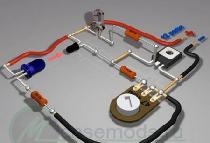
A selection of simple and effective schemes.
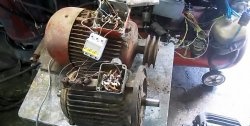
Three-phase voltage from single-phase in 5 minutes
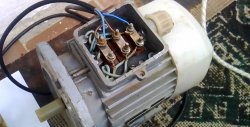
Starting a three-phase motor from a single-phase network without a capacitor

Eternal flashlight without batteries
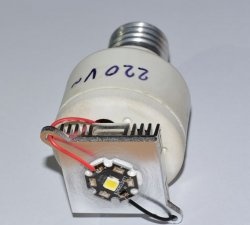
How to make an inexpensive but very powerful LED lamp
Comments (14)

